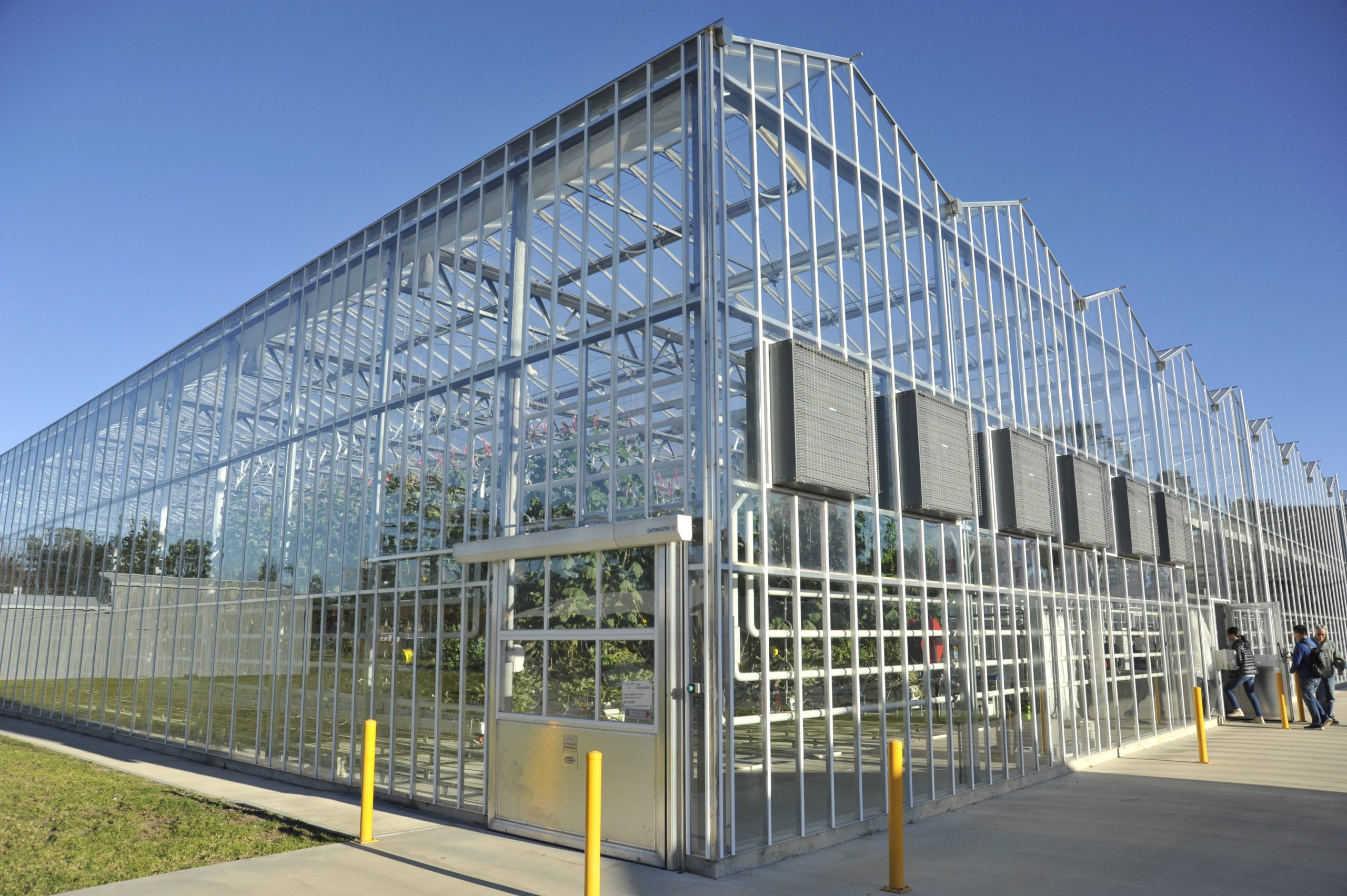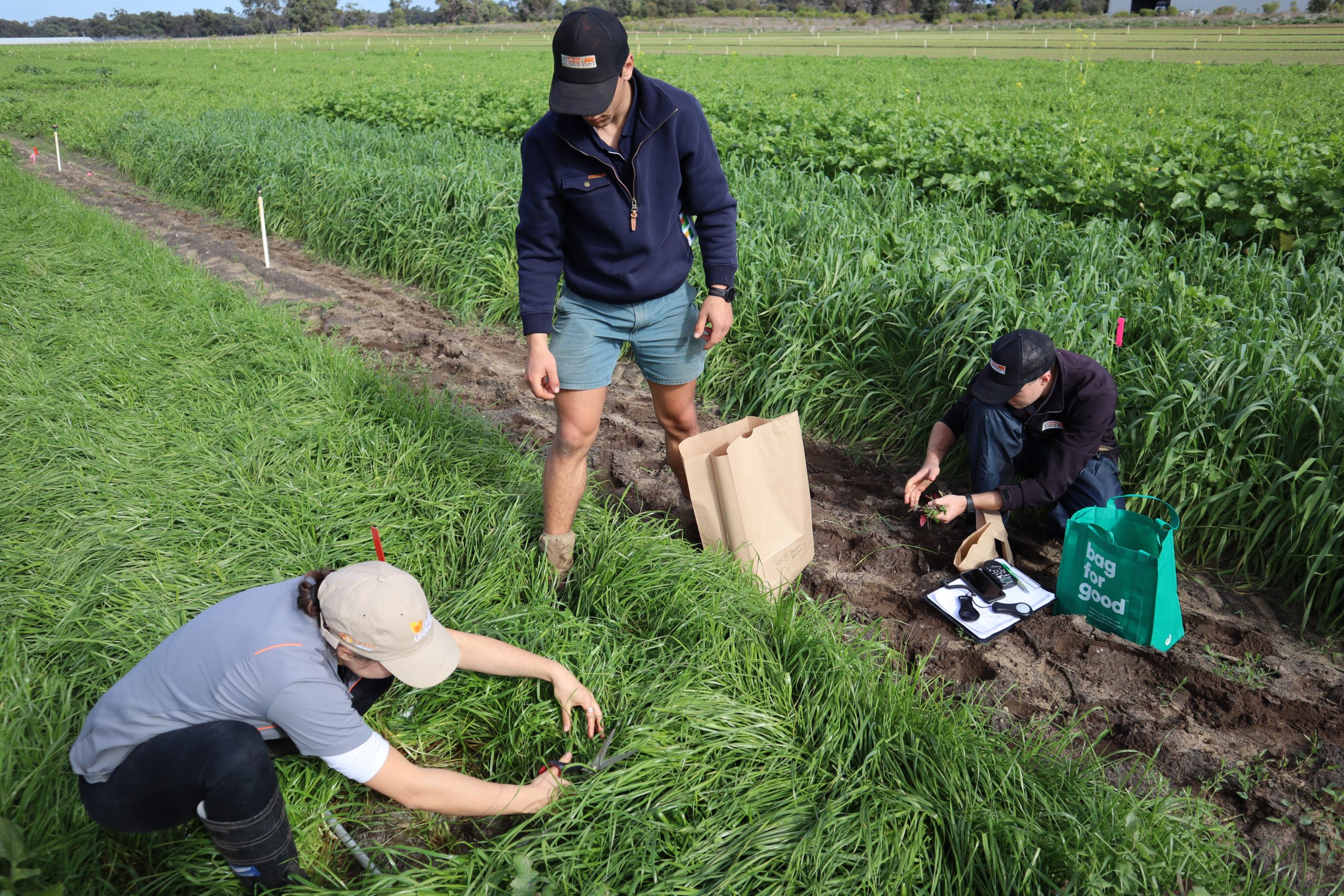
Investigating novel glass technologies and photovoltaics in protected cropping
2 March 2022
A strategic approach to weed management for the Australian vegetable industry
2 March 2022This investment ran from 2016 to 2021 to improve weed management options and information available to Australia’s vegetable growers. It built on earlier findings from project Weed management for the vegetable industry – scoping study (VG13079).
The project team identified and improved integrated management strategies for high-priority weeds, focused on the following industry research, development and extension priorities:
Understanding weed seed banks
Soil samples collected from vegetable farms in major production regions across Australia were assessed, with weed seeds counted by species at different soil depths. The composition, diversity and size of soil seed banks varied markedly between locations; however heavy-seeding annual broadleaf weed seeds were predominant. Research into supplementary control methods improved understanding of how some of these weeds may be managed, and cultural weed management practices were assessed to determine how they can help reduce weed seed banks.
Integrated weed management (IWM) guidelines
Research contributed to guidelines on IWM strategies for Australian vegetable production, addressing weed impacts, IWM principles and practices, detailed implementation methods, plus advantages and disadvantages.
Robust economic analysis of weed management costs
Detailed economic evaluations were conducted on 19 vegetable farms in four states, with the weighted average reduction in operating profit due to weeds found to be $2,090/ha. About two-thirds of this was due to weed control costs. The impact of introducing an ‘innovative’ weed control practice was evaluated against previous methods, with positive economic impact in 11 cases.
Extension resources for weed management in vegetable production
IWM guidelines were published in Australia’s first Vegetable Industry Weed Manual, providing growers with comprehensive best practice information for the 11 priority weed species, plus illustrative farm case studies. It was also translated into Chinese, Khmer and Vietnamese to support non-English speaking vegetable growing communities. The Manual was promoted via industry communication channels and social media.
